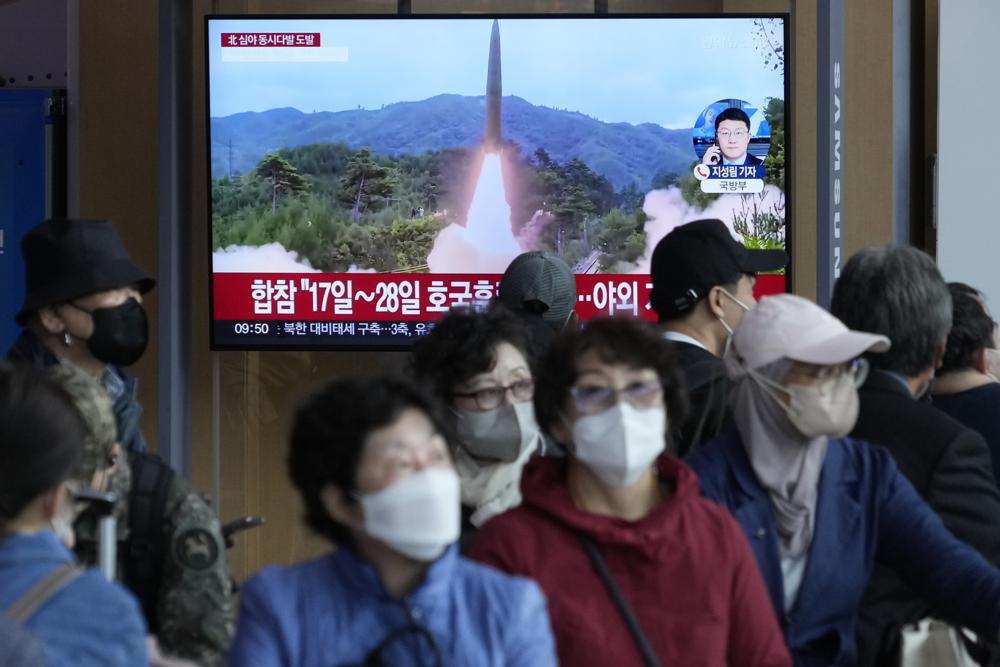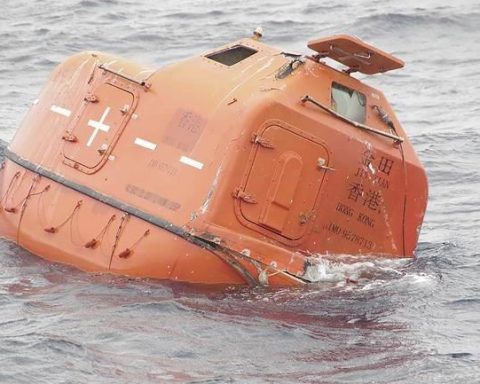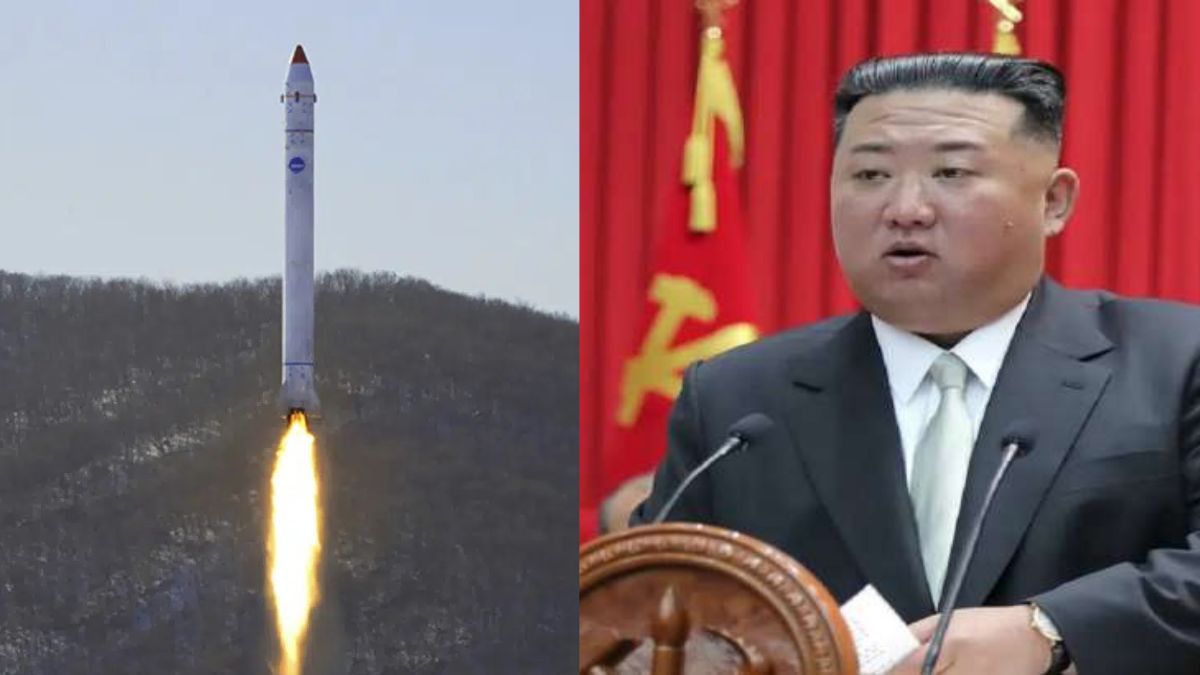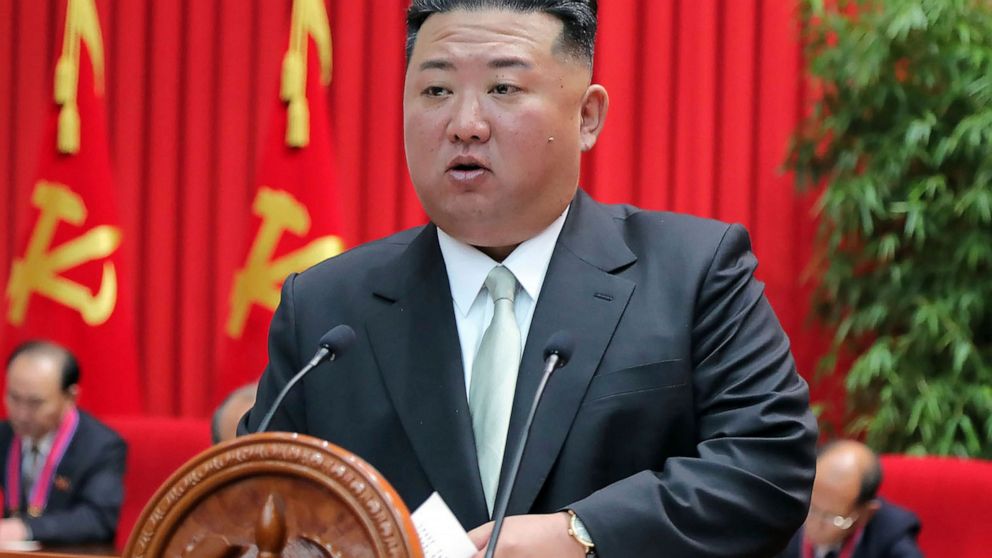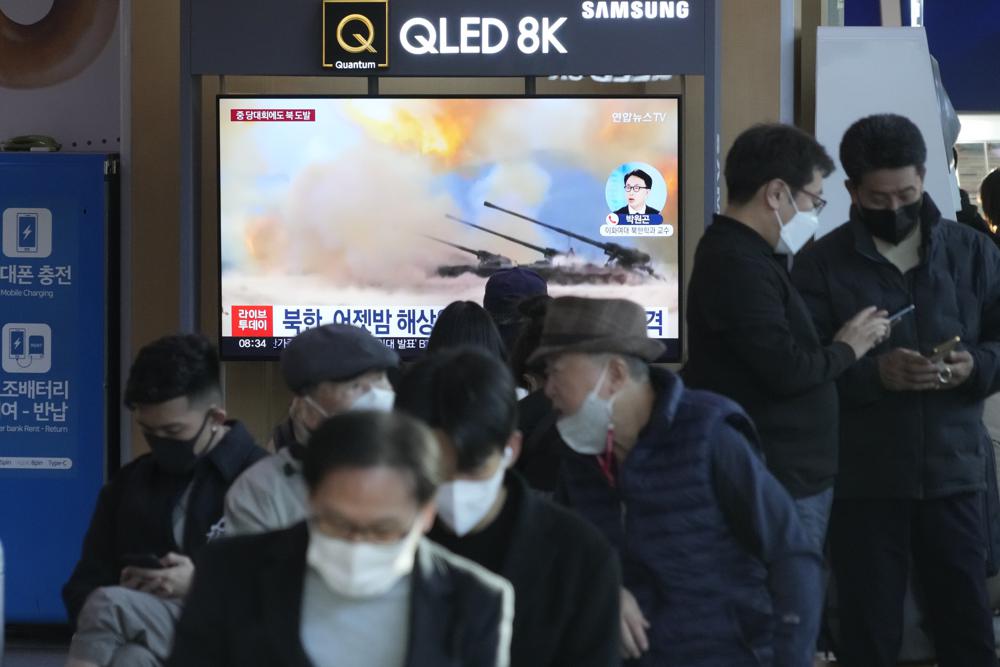
Late Tuesday, North Korea fired artillery shells near its sea borders with South Korea, a day after the South began annual military drills to better deal with North Korean provocations.
The Joint Chiefs of Staff of South Korea said in an early Wednesday statement that North Korea fired about 100 shells off its west coast and 150 rounds off its east coast. According to the report, the South Korean military broadcasted several messages asking North Korea to stop firing, but there were no reports of violence between the rivals.
According to the South Korean military, the shells did not land in South Korean territorial waters but rather within maritime buffer zones established by the two Koreas under a 2018 inter-Korean agreement to reduce front-line animosities.
It’s the second time North Korea has fired shells into the buffer zones since last Friday when it committed its most direct severe violation of the 2018 agreement by firing hundreds of shells there.
The South Korean military has stated that North Korea must stop provocations that endanger peace and stability on the Korean Peninsula. It also indicated that it is increasing its military readiness and closely monitoring North Korea’s moves in collaboration with the US.
Hours later, an unidentified spokesperson for the North Korean People’s Army’s General Staff issued a statement, claiming that the latest artillery firings were in response to South Korea’s artillery training, which it claimed occurred earlier Tuesday in an eastern border region. Seoul did not immediately confirm the existence of any artillery drill.
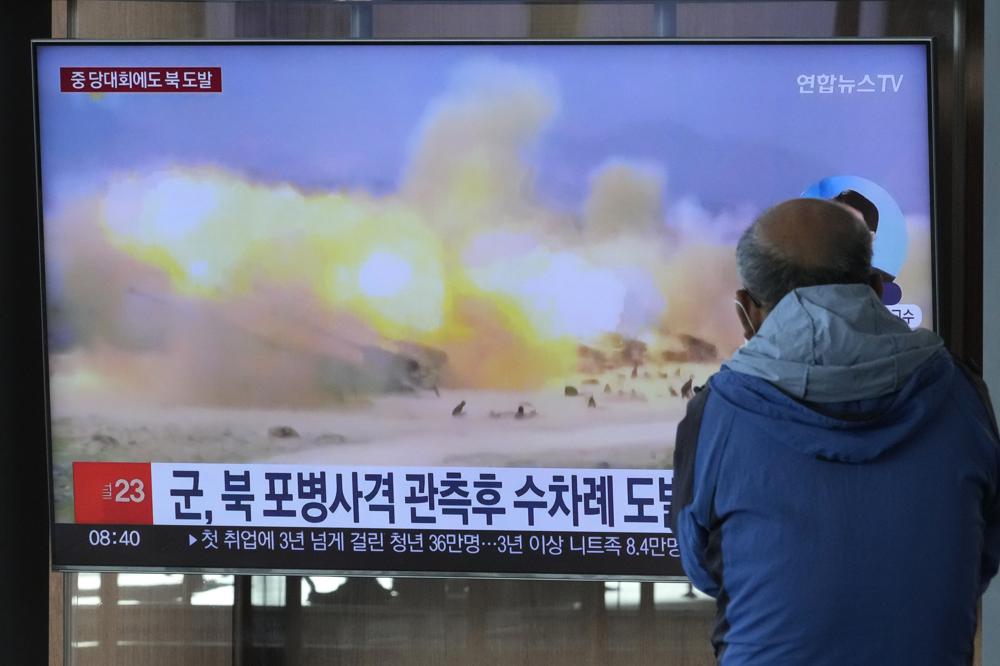
The North Korean spokesperson also slammed the South Korean military for starting an annual 12-day field exercise on Monday, referring to it as an invasion rehearsal. According to South Korea’s Defence Ministry, the training aims to improve operational capabilities to counter various types of North Korean provocations, and an unspecified number of US troops will participate in this year’s drills.
“The enemies must immediately stop reckless and inciting provocations escalating military tensions in the front lines,” said a North Korean military spokesperson.
North Korean artillery tests garner less attention than missile launches. However, its forward-deployed long-range artillery guns pose a serious security threat to South Korea’s densely populated metropolitan region, which is approximately 25 to 30 miles from the base.
In response to their “dangerous military drills” involving a US aircraft carrier, North Korea has conducted a series of weapons tests in what it calls simulations of nuclear strikes on South Korean and US targets in recent weeks. North Korea sees regular military exercises between Washington and Seoul as a dress rehearsal for an invasion.
North Korea’s military said Friday’s artillery firing drills were intended to send a message to South Korea about staging live-fire exercises near the border, which the North calls “reckless provocation.” The South Korean military claimed its training did not violate the 2018 agreement.
North Korea has tested 15 missiles since resuming testing on September 25. One of them was an intermediate-range ballistic missile that flew over Japan and demonstrated a nuclear-capable warhead.
According to some foreign experts, North Korean leader Kim Jong Un will eventually use his expanded weapons arsenal to pressure the US and others to recognize his country as a legitimate nuclear state and lift economic sanctions against the North.
